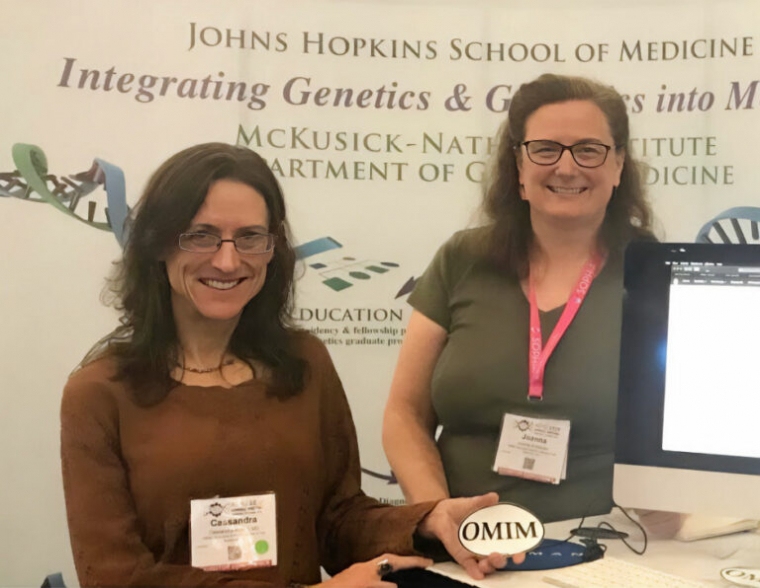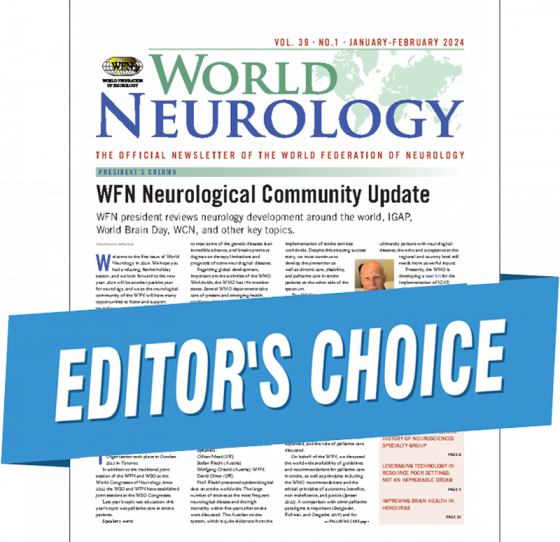
For over 55 years, OMIM has chronicled the collected knowledge of the field of medical genetics and remains one of the primary repositories of curated information on both genetic disorders (phenotypes) and genes and the relationships between them.
|
|
OMIM |
The Online Mendelian Inheritance in Man
Cassandra Kniffin Arnold and Joanna Amberger
In 1863, Nikolaus Friedreich described a juvenile-onset form of hereditary ataxia (Friedreich ataxia). Several years later, George Huntington described an adult-onset hereditary chorea (Huntington disease). Nearly 100 years later, these familial genetic neurologic disorders, along with over 1,400 other genetic disorders, were included in Dr. Victor McKusick’s seminal textbook Mendelian Inheritance in Man: Catalogs of Autosomal Dominant, Autosomal Recessive, and X-linked Phenotypes (MIM). These catalogs were updated and published regularly, and in 1987, MIM was made freely available and searchable online as OMIMTM.
Today, www.OMIM.org is a continuously updated, freely available compendium containing over 27,000 structured descriptions of human genetic disorders and genes. Currently, OMIM describes over 7,400 disorders caused by pathogenic variants in over 4,800 genes. On average, over 35,000 clinicians and researchers worldwide use OMIM daily to assist in disease gene discovery, clinical diagnosis, and management of genetic diseases, as well to understand the molecular bases of disease and the underlying medical science.
The information in OMIM is based on the peer-reviewed biomedical literature. Priority for inclusion in the database is given to published papers that provide significant insight into the phenotype-genotype relationship, expand our understanding of human biology, or contribute to the characterization of a genetic disorder.
Each OMIM entry (phenotype or gene) has a preferred title, with alternative names if relevant, and is given a unique 6-digit number that remains stable, even if the name changes. These OMIM accession numbers are used widely in publications and databases. OMIM entries are text-based and organized into consistent headings. Gene entries include information on gene structure, expression, function, animal models, and allelic variants, when available. Phenotype (disorder) entries include information on clinical features, inheritance, pathogenesis, genotype-phenotype correlations, and molecular genetics. In addition, each phenotype entry has an accompanying Clinical Synopsis, a concise tabular anatomical listing of the clinical features described in patients with the disorder. The relationship between phenotypes and genes is summarized in OMIM’s tabular Gene Map.
Cassandra Kniffin Arnold, MD, is senior medical writer, and Joanna Amberger is program manager at OMIM, Johns Hopkins University in Baltimore, Maryland. Dr. Martin Krenn, PhD, is from the Department of Neurology, Medical University of Vienna in Austria.
Editor's Choice
World Neurology | Jan-Feb 2024, Volume 39, No. 1









